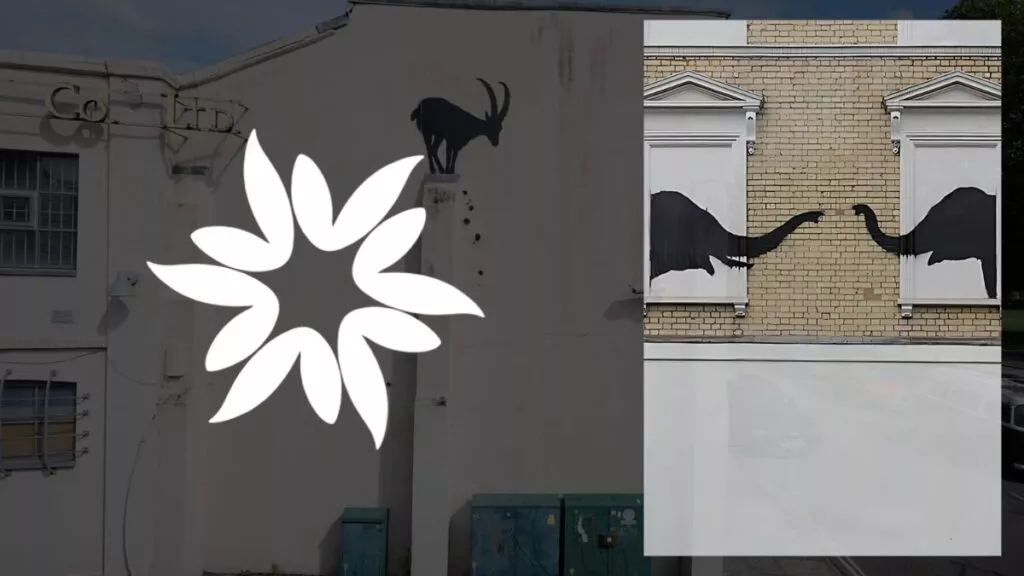Uncover the story of Vincenzo Peruggia, the audacious thief who stole the Mona Lisa in 1911, and how the theft catapulted the painting to unprecedented fame.
Key Takeaways
- Vincenzo Peruggia, a former Louvre employee, masterminded the theft of the Mona Lisa in 1911, forever changing its destiny.
- Before its theft, the Mona Lisa was far from the cultural juggernaut it is today.
- The audacity of the heist and the subsequent media frenzy contributed to the Mona Lisa’s unparalleled global fame.
The Mona Lisa Theft: The Audacious Crime That Shook the Art World and Created an Icon
Let’s jump into our time machine for a moment. The year is 1911. Imagine walking into the Louvre, one of the world’s most esteemed art museums, hoping to gaze at Leonardo da Vinci’s Mona Lisa, only to find a bare wall. That’s precisely what happened in what many label the “art heist of the century.” But before it earned this sensational tagline, believe it or not, Mona Lisa—officially known as La Gioconda—was not the universal sensation she is today.
Who Was Vincenzo Peruggia and Why Did He Do It?
Vincenzo Peruggia, the man behind this audacious plan, had an ironic twist to his tale. He was no stranger to the Louvre; in fact, he had once worked there. The kicker? He even participated in building a protective case for the painting he would later steal. Talk about planning your future meticulously!
On August 20, 1911, Peruggia teamed up with a couple of like-minded, thrill-seeking accomplices. The trio capitalized on the Louvre’s then-lackluster security, hiding out in a storage closet within the museum overnight. While the rest of Paris was still fast asleep or just starting their day, they executed their scheme.
Uncover the story of Vincenzo Peruggia, the audacious thief who stole the Mona Lisa in 1911, and how the theft catapulted the painting to unprecedented fame.

The Heist Itself – An Affair Wrapped in Audacity and Simplicity
As the morning light began to bathe the museum halls, Peruggia and his partners in crime calmly took down the 16th-century masterpiece. They swaddled La Gioconda in a cloth as if they were wrapping a newborn and strolled out through a side door. There was nothing ‘Ocean’s Eleven’ about it—just audacity and a simple plan impeccably executed.
It took a staggering 24 hours for anyone to even notice the missing Mona. It wasn’t a security guard or a curator who made the discovery but rather an artist who had come to paint a replica of the famous artwork. The void left on the wall became a portrait of human neglect, oversight, and fascination for days to come.
How the Crime Turned into a Media Circus and an Unintended PR Campaign
The initial discovery triggered pandemonium. Police swarmed the museum, interrogating staff and visitors alike. Media outlets couldn’t get enough of the story. Headlines screamed, and theories abounded, turning the incident into a full-blown international saga. When the Louvre finally reopened its doors, people didn’t come to see other artworks; they came to see the empty wall where Mona Lisa once smiled her enigmatic smile.
In an unexpected twist, the investigators even interviewed Peruggia—not once but twice. However, he left no trails, no loose ends to tie him to the brazen theft.
The Painting’s Homecoming and Peruggia’s Downfall
Two years after the heist, our audacious thief finally reached out to Alfredo Geri, an Italian art dealer. Peruggia presented the theft as an act of patriotic repatriation. Geri couldn’t believe his eyes when he saw that iconic smile. Unbeknownst to Peruggia, Geri notified the authorities. On December 11, 1913, Peruggia was arrested. His ultimate punishment? A surprisingly lenient seven months in prison.
What happened to the Mona Lisa? Interestingly, the heist only elevated her mystique. The painting’s newfound fame after being returned was unlike anything seen before, or perhaps even since. Today, it stands not just as an artwork but as a global cultural phenomenon.








